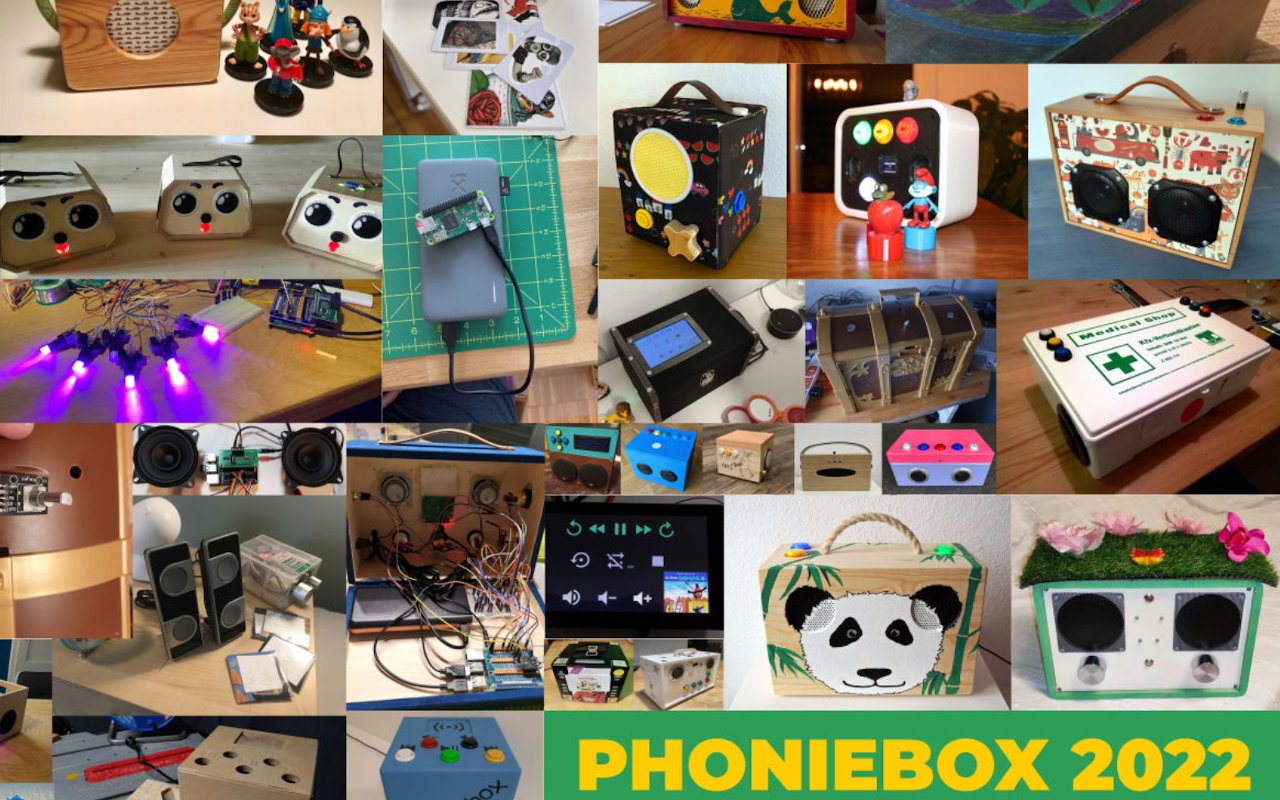
Fine-tuning large language models in artificial intelligence is a computationally intensive process that typically requires significant resources, especially in terms of GPU power. However, by employing techniques that reduce memory usage and improve training efficiency, you can optimize this process and achieve high-quality results using fewer GPUs. This guide by Trelis Research explores different methods of how to find tune AI in depth using less graphics processing power, focusing on key areas such as full fine-tuning versus LoRA fine-tuning, optimizer choices, gradient reduction techniques, and layerwise updates.
Full fine-tuning updates all model parameters for highest quality; LoRA fine-tuning updates fewer parameters for memory efficiency. AdamW optimizer is effective but memory-intensive; AdamW 8-bit and AdaFactor reduce memory usage with minimal quality loss. Gradient reduction techniques like Galore and Galore with Subspace Descent save memory and improve convergence.

Layerwise updates manage memory effectively, especially for single GPU setups. Memory and performance comparisons: AdamW (high memory, best quality), AdamW 8-bit (memory-efficient, minimal quality loss), AdaFactor (further memory reduction, good quality), Galore (memory-efficient, slightly lower quality), Galore with Subspace Descent (better convergence, similar memory usage to Galore). For single GPU setups, use Galore AdamW with Subspace Descent and layerwise updates; for multi-GPU setups, use AdamW 8-bit or AdaFactor.
If the model doesn’t fit on a single GPU, employ fully sharded data parallel techniques. Tools like Hugging Face Accelerate, TensorBoard, and GitHub repositories aid in implementation. When it comes to fine-tuning AI models, you have two main approaches to consider: full fine-tuning and LoRA fine-tuning.
Full fine-tuning involves updating all the parameters of the model during the training process. This comprehensive approach ensures the highest quality results, as the entire model is adapted to the specific task at hand. However, it also requires more computational resources and memory.
In contrast, LoRA fine-tuning focuses on updating only a smaller subset of the model’s parameters. By targeting specific layers or components, LoRA fine-tuning can be more memory-efficient, allowing you to work with larger models on limited hardware. While this approach may not achieve the same level of precision as full fine-tuning, it offers a practical solution for resource-constrained environments.
Choosing the right optimizer is crucial for efficient and effective training of AI models. The AdamW optimizer is a popular choice, known for its ability to deliver excellent results. However, it also has a reputation for high memory usage, which can be a challenge when working with limited GPU resources.
To mitigate this issue, you can explore alternative optimizer techniques. One option is to use AdamW 8-bit, which reduces memory usage by storing optimizer states in 8 bits instead of the standard 32 bits. This technique can significantly reduce memory requirements without compromising the quality of the results.
Another promising optimizer is AdaFactor, which takes memory efficiency a step further. AdaFactor compresses optimizer states, allowing you to save even more memory compared to AdamW 8-bit. It also offers the advantage of automatically adjusting the learning rate during training, eliminating the need for manual tuning.
Here are a selection of other articles from our extensive library of content you may find of interest on the subject of fine tuning large language models : Gradient reduction techniques play a vital role in memory-efficient training of AI models. One such technique is Galore, which projects gradients to lower dimensions, effectively saving memory. However, this compression can potentially sacrifice some quality in the process.
To enhance the effectiveness of Galore, you can combine it with Subspace Descent. This approach optimizes the gradient projection dimensions continuously during training, leading to improved efficiency and faster convergence. By dynamically adjusting the projection dimensions, Galore with Subspace Descent strikes a balance between memory savings and model quality.
When working with a single GPU setup, layerwise updates offer an effective method to reduce memory usage when trying to fine tune AI. Instead of updating all the model weights simultaneously, layerwise updates process the model layer by layer. This approach allows you to manage memory more efficiently, as only a portion of the model is loaded into memory at a time.
Layerwise updates are particularly suitable for single GPU setups, where memory constraints are more pronounced. By updating the model in a sequential manner, you can work with larger models and datasets while staying within the limits of your hardware. Understanding the trade-offs between different techniques is essential for making informed decisions.
AdamW delivers the best quality but has high memory usage. AdamW 8-bit significantly reduces memory with minimal quality loss. AdaFactor further reduces memory and offers good quality with automatic learning rate adjustment.
Galore is memory-efficient but may slightly lower quality, while Galore with Subspace Descent improves convergence and efficiency. When implementing these techniques, consider your specific setup. For single GPU setups, using Galore AdamW with Subspace Descent and layerwise updates can minimize memory usage.
For multi-GPU setups, AdamW 8-bit or AdaFactor can reduce memory without significant quality loss. If the model doesn’t fit on a single GPU, fully sharded data parallel techniques can be employed. Several tools and resources are available to support the optimization process.
Hugging Face Accelerate assists model distribution across multiple GPUs. TensorBoard provides a powerful platform for monitoring training progress and visualizing metrics. GitHub repositories offer code resources for implementing techniques like Galore and Subspace Descent.
Based on the techniques discussed in this guide, here are some recommendations for optimizing fine-tuning with fewer GPUs: For single GPU setups, use Galore AdamW with Subspace Descent and layerwise updates to minimize memory usage while maintaining good model quality. For multi-GPU setups, opt for AdamW 8-bit or AdaFactor to reduce memory requirements without significant quality loss. If the model doesn’t fit on a single GPU, employ fully sharded data parallel techniques to distribute the workload across multiple GPUs efficiently.
By using these techniques and considering your specific hardware setup, you can effectively fine-tune large language models with fewer GPUs. This approach not only enhances efficiency but also makes advanced AI training more accessible to a wider range of researchers and practitioners. Fine-tuning AI models with limited GPU resources is a challenging but achievable task.
By employing techniques that optimize memory usage and improve training efficiency, you can unlock the potential of large language models without the need for extensive computational resources. Whether you opt for full fine-tuning or LoRA fine-tuning, choose the right optimizer, use gradient reduction techniques, or employ layerwise updates, there are various strategies to adapt to your specific requirements. As you embark on your AI fine-tuning journey, remember to experiment with different approaches, monitor your progress closely, and use the tools and resources available to you.
By striking the right balance between memory efficiency and model quality, you can push the boundaries of what is possible with fewer GPUs and contribute to the advancement of artificial intelligence. Media Credit:.













